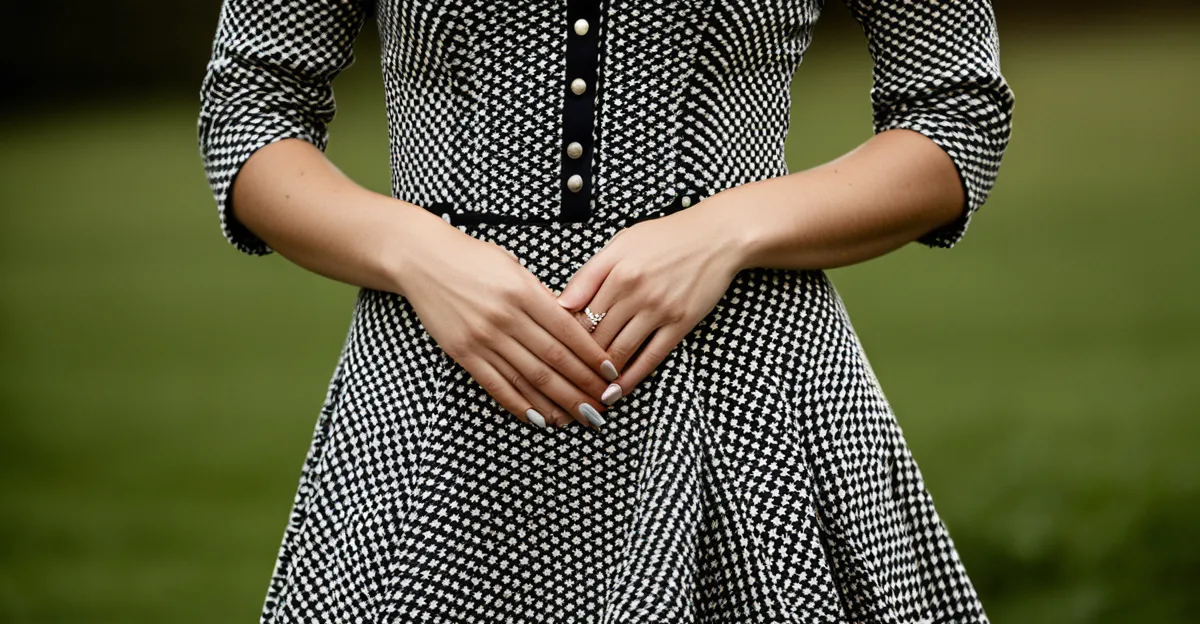Innovative Approaches to Updating Traditional British Women’s Fashion
The essence of UK fashion innovation lies in transforming familiar shapes into refreshed expressions of modern British style. Designers are smartly reinterpreting classic silhouettes, such as the tailored blazer or tea dress, adjusting cuts to suit contemporary lifestyles while retaining recognizable structure. This method marries the elegance of tradition with the practicality demanded by today’s wearer.
Alongside silhouette shifts, there’s a growing trend of integrating bold prints and unexpected textures directly into heritage designs. For example, tartans might be overlaid with abstract patterns, or tweeds combined with glossy finishes, resulting in a vibrant contrast that respects but challenges convention.
Also to discover : What Are the Latest Fashion Trends Among British Women?
Moreover, designers are skillfully combining traditional craftsmanship—hand stitching, intricate embroidery, and quality fabrics—with new-age design elements like asymmetrical cuts or innovative layering. This blend preserves the meticulous British tailoring legacy yet projects it forward into a dynamic, contemporary classic. These approaches highlight the unique synergy between past and present, keeping British women’s fashion evolving without losing its identity.
Leading Designers and Notable Examples
Innovative British fashion designers are central to driving UK fashion innovation, reimagining heritage styles with bold creativity. Designers like Stella McCartney and Erdem are celebrated for transforming traditional garments into contemporary classics that reflect modern British style. Their collections often showcase sharp tailoring updated with fresh proportions, playful prints, and unexpected fabric pairings.
Also read : How Can UK Women’s Fashion Trends Impact Sustainable Choices?
One standout case is Burberry’s reworking of its iconic trench coat. By introducing asymmetrical cuts and mixing classic gabardine with tech-infused materials, they have maintained the coat’s timeless appeal while adapting it for today’s urban wearer. This designer-led innovation exemplifies how heritage pieces evolve without losing authenticity.
Another notable example is JW Anderson’s layering techniques. His use of intricate embroidery on classic silhouettes combined with modern shapes challenges the conventional perception of British style. This approach underscores a thoughtful balance between craftsmanship and cutting-edge design.
These case studies illustrate how UK designers harness tradition as a foundation, then push boundaries to create garments resonant with contemporary audiences. Their work embodies the evolving dialogue at the heart of UK fashion innovation, where respect for history meets visionary creativity.




